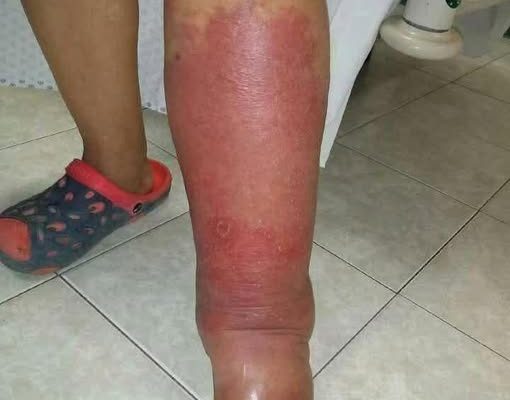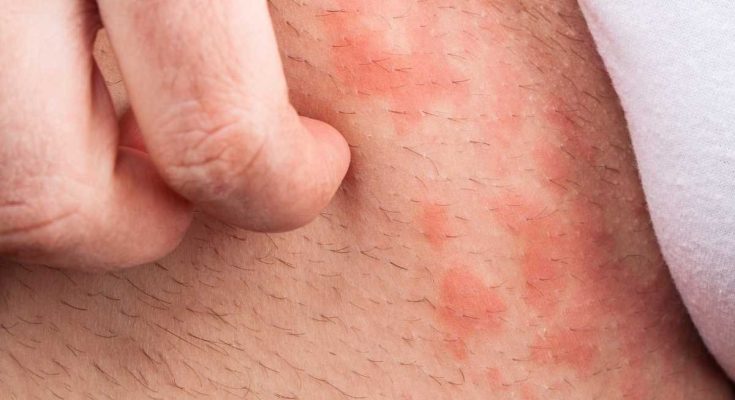Conquer Groin Irritation: A Comprehensive Guide to Causes, Symptoms, and Treatments
Groin irritation is a common skin problem affecting people of all ages and genders. The warm, moist, and often confined nature of the groin makes it susceptible to a range of dermatological issues. Understanding these conditions and their effective management is crucial for maintaining optimal skin health and hygiene.
Understanding Common Groin Irritation Issues
Several factors contribute to skin problems in the groin area. Let’s delve into the most prevalent conditions:
1. Ingrown Hairs: A Troublesome Trichology

Ingrown hairs occur when hair curls back into the skin instead of growing outward. This results in red, itchy bumps, sometimes resembling pimples. Severe cases can lead to painful, pus-filled lesions.
Causes of Ingrown Hairs:
- Close shaving, waxing, or plucking: These hair removal methods can trap hair beneath the skin’s surface.
- Friction from tight clothing: This can further irritate already trapped hairs.
- Naturally curly or coarse hair: These hair types are more prone to curling back into the skin.
Symptoms of Ingrown Hairs:
- Small, round bumps, potentially containing pus.
- Redness and inflammation.
- Itching and discomfort.
Treatment for Ingrown Hairs:
- Apply a warm compress to soothe swelling.
- Use gentle exfoliating cleansers to remove dead skin cells that might trap hairs.
- Avoid shaving the affected area until it heals completely.
- Consult a dermatologist for severe cases or persistent infections.
2. Folliculitis: Inflammation of the Hair Follicles
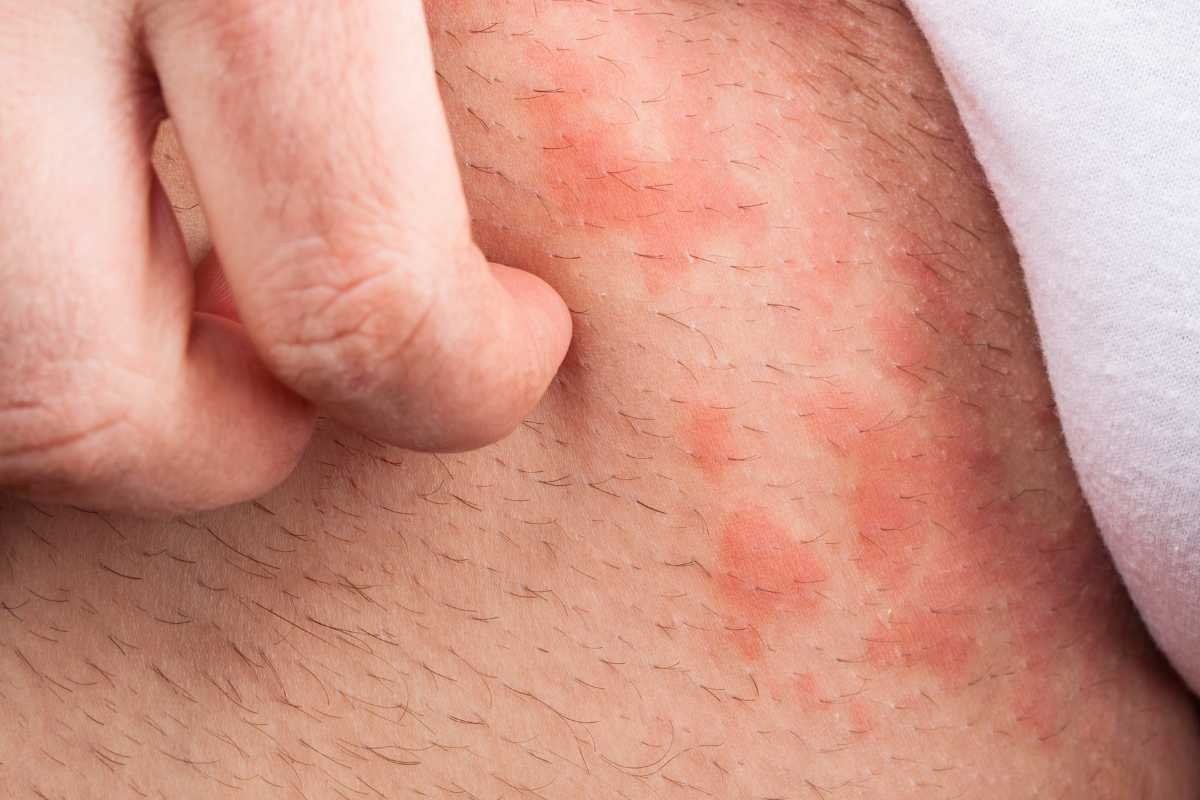
Folliculitis is an inflammation of the hair follicles, often caused by bacteria, fungi, or irritation. It manifests as red or white-headed pimples around hair follicles, causing itching or pain.
Causes of Folliculitis:
- Bacterial infections (e.g., Staphylococcus aureus): Bacteria can invade and infect the hair follicles.
- Friction from tight clothing: Similar to ingrown hairs, friction exacerbates the problem.
- Shaving or waxing: These methods can introduce bacteria or irritate follicles.
- Exposure to contaminated water: Hot tubs and poorly sanitized pools can be breeding grounds for bacteria.
Symptoms of Folliculitis:
- Red, inflamed bumps or pustules.
- Mild burning or itching.
- Tenderness around the hair follicles.
Treatment for Folliculitis:
- Cleanse the area with a gentle antibacterial soap.
- Apply over-the-counter antibiotic ointments as directed.
- Use warm compresses to reduce inflammation.
- For persistent or severe cases, oral antibiotics may be necessary – consult a doctor.
3. Tinea Cruris (Jock Itch): A Fungal Foe

Tinea cruris, better known as jock itch, is a fungal infection affecting the groin, inner thighs, and buttocks. Although more common in men, it can affect anyone. This infection thrives in warm, moist environments.
Causes of Jock Itch:
- Excessive sweating: Moisture creates a perfect breeding ground for fungi.
- Tight or non-breathable clothing: This traps moisture and heat.
- Sharing towels or personal items: Fungi can easily spread through contaminated items.
- Poor hygiene: Neglecting cleanliness increases the risk of infection.
Symptoms of Jock Itch:
- Red, scaly patches with raised edges.
- Itching, burning, or irritation in the groin area.
- Rash that may spread to the thighs or buttocks.
Treatment of Jock Itch:
- Apply antifungal creams like clotrimazole or terbinafine as directed.
- Keep the area clean and dry.
- Avoid sharing personal items.
- Wear loose-fitting, breathable underwear.
4. Contact Dermatitis: An Allergic Reaction
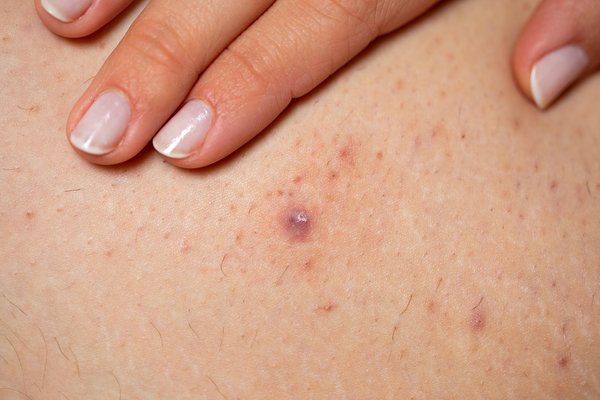
Contact dermatitis results from a skin reaction to an allergen or irritant. This can be triggered by various substances, including detergents, soaps, synthetic fabrics, and lotions.
Causes of Contact Dermatitis:
- Allergic reactions: Sensitivity to perfumes, dyes, or latex.
- Irritants: Tight or unwashed clothing, prolonged exposure to sweat or moisture.
Symptoms of Contact Dermatitis:
- Red, inflamed, or itchy patches.
- Peeling or flaking skin.
- Small blisters in some cases.
Treatment for Contact Dermatitis:
- Avoid known irritants and allergens.
- Use fragrance-free moisturizers.
- Apply hydrocortisone cream to alleviate itching.
- Consult a dermatologist for persistent symptoms or severe reactions.
5. Intertrigo: Irritation in Skin Folds
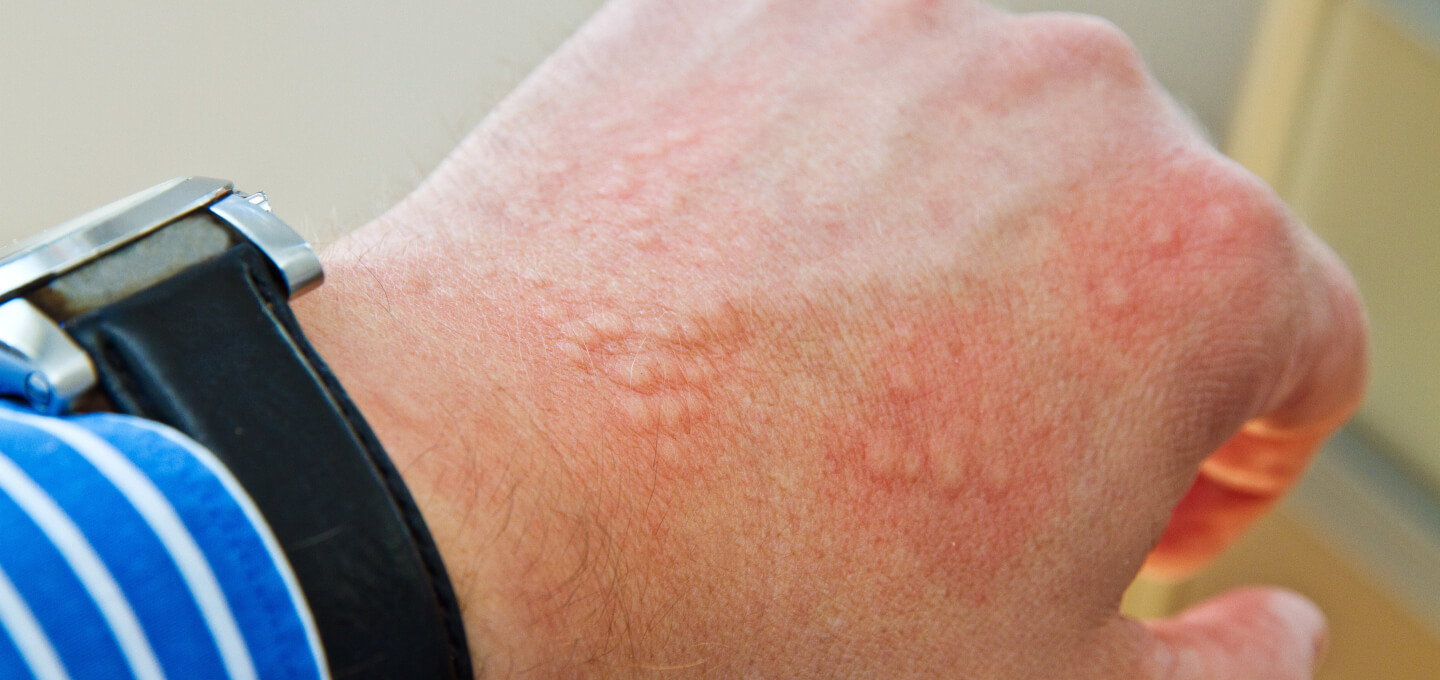
Intertrigo is a rash developing in skin folds, including the groin. It’s caused by friction, moisture, and inadequate air circulation.
Causes of Intertrigo:
- Excessive sweating: Trapping moisture between skin folds.
- Friction between skin folds: Chafing and rubbing.
- Obesity or being overweight: Increased skin-to-skin contact.
- Tight, non-breathable clothing: Further restricting airflow.
Symptoms of Intertrigo:
- Red, raw skin.
- Burning or stinging sensation.
- Foul odor from the affected area.
Treatment of Intertrigo:
- Keep the area dry using talcum powder or antifungal powders.
- Apply barrier creams like zinc oxide to protect the skin.
- Treat any secondary infections with antifungal or antibacterial creams.
Preventing Groin Irritation: Proactive Steps
Preventive measures are key to avoiding groin irritation. Here are some essential practices:
- Careful shaving: Use a clean, sharp razor and shave in the direction of hair growth. Employ shaving cream or gel to minimize friction.
- Breathable clothing: Opt for cotton underwear and avoid tight synthetic fabrics.
- Good hygiene: Wash the groin area daily, especially after sweating. Ensure thorough drying to prevent fungal growth.
- Avoid sharing personal items: Towels, razors, and clothing can harbor bacteria and fungi.
- Fragrance-free products: Harsh chemicals and perfumes can trigger contact dermatitis.
When to Seek Professional Help
While many groin skin issues are manageable at home, consult a healthcare professional if:
- The rash persists for over two weeks.
- There’s significant pain, swelling, or pus formation.
- You experience fever or flu-like symptoms.
- The rash spreads rapidly or recurs frequently.
A medical professional can accurately diagnose the condition and provide appropriate treatment to prevent complications.
Conclusion: Maintaining Groin Health
Groin irritation, though uncomfortable, is often preventable and treatable. By prioritizing hygiene, selecting appropriate clothing, and addressing symptoms promptly, you can maintain healthy, irritation-free skin. Don’t hesitate to seek medical advice if needed – early intervention is crucial for effective management.
References: (Links to American Academy of Dermatology, Mayo Clinic, Cleveland Clinic, CDC, and Healthline would be included here).
